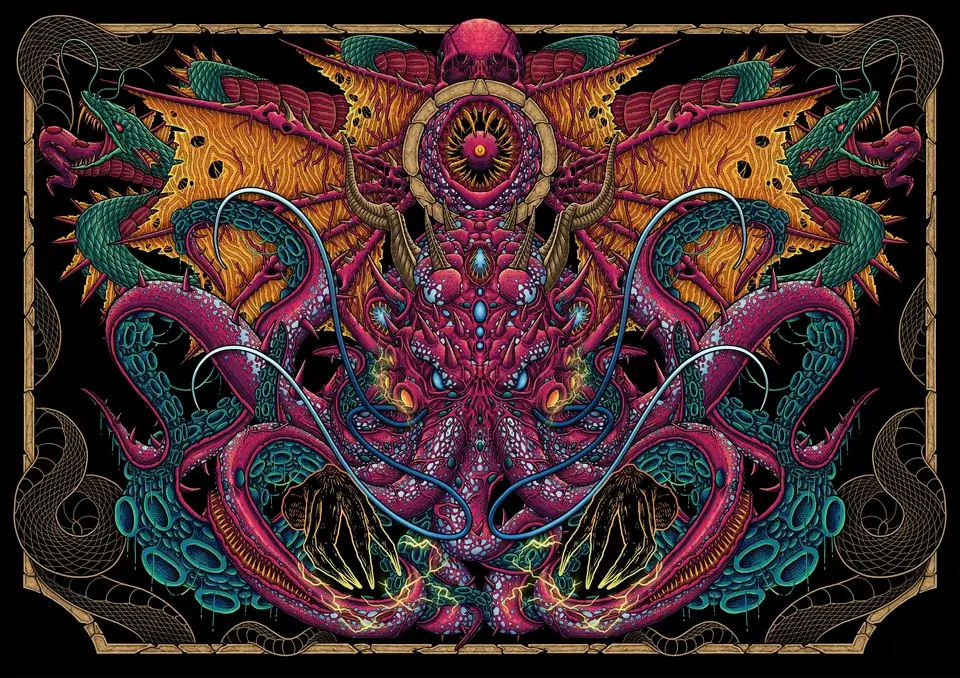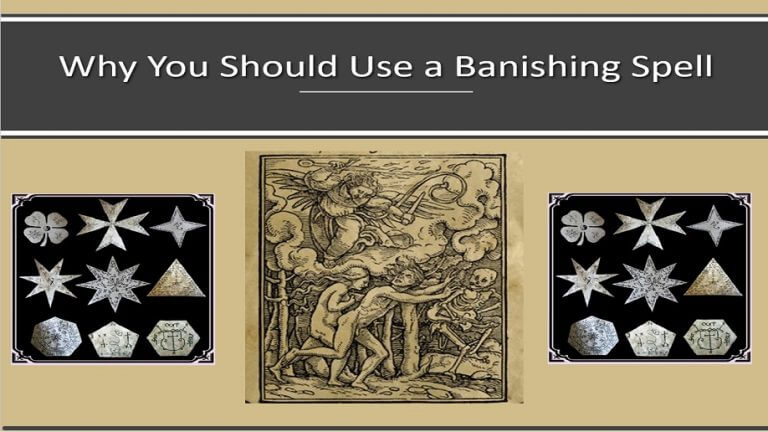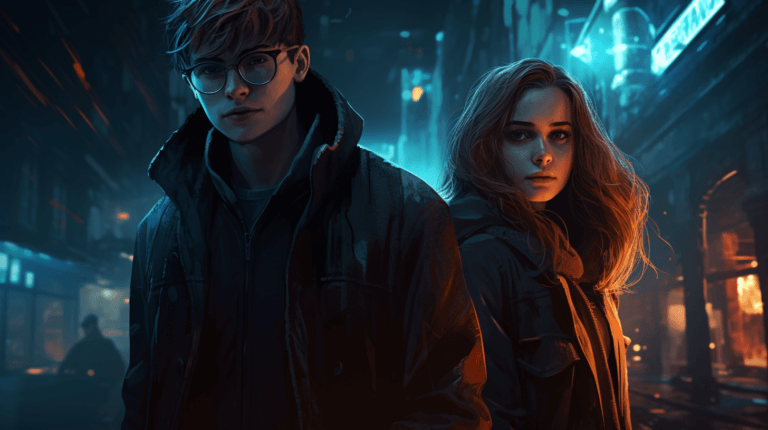Unveiling the Esoteric Realms: Occultism in H.P. Lovecraft’s Mythos
Introduction to the Master Lovecraft
The literary legacy of Howard Phillips Lovecraft, one of the most influential authors in horror fiction, has captivated readers for decades. Lovecraft’s unique cosmic horror, infused with intricate mythologies and otherworldly entities, transports us to a realm where ancient secrets and arcane knowledge intersect. At the heart of Lovecraft’s works lies a profound fascination with the occult and the esoteric. This article delves into the occult elements present in Lovecraft’s writings, examining their origins, significance, and the enduring appeal they hold over readers.
The Ancient Occult Roots:
To understand the occult themes in Lovecraft’s works, it is essential to explore the influences that shaped his worldview. Lovecraft was an avid reader and researcher, delving into various occult and esoteric texts of his time. Works by writers like Arthur Machen, Algernon Blackwood, and Robert W. Chambers played a significant role in shaping Lovecraft’s fascination with the unknown and the occult. Moreover, Lovecraft was influenced by the works of Helena Blavatsky, founder of Theosophy, and Aleister Crowley, the notorious occultist.
Cosmic Horror and Occultism:
Lovecraft’s cosmic horror, often referred to as the Cthulhu Mythos, intertwines ancient deities, forgotten civilizations, and hidden knowledge. The driving force behind this horror is the concept of mankind’s insignificance in the face of the vast cosmic forces that lurk beyond our understanding. Lovecraft’s protagonists often stumble upon forbidden knowledge that reveals the existence of these eldritch beings, leading to madness, destruction, or a plunge into the darkest depths of the occult.
The Necronomicon: The Forbidden Tome:
Perhaps the most famous occult artifact in Lovecraft’s universe is the Necronomicon. Mentioned in various tales, this grimoire serves as a conduit to forbidden knowledge, detailing the summoning and rituals associated with ancient cosmic entities. Lovecraft claimed the book was the creation of a fictional Arab scholar named Abdul Alhazred, and its presence in his works adds an air of authenticity to the occult lore woven into his stories. The Necronomicon has since transcended the realm of fiction and become a popular subject in various occult and New Age circles.
Ancient Deities and Eldritch Entities:
Lovecraft’s mythos abounds with ancient deities and unfathomable entities from dimensions beyond human comprehension. Cthulhu, Nyarlathotep, Azathoth, and Yog-Sothoth are just a few examples of these eldritch beings. These cosmic entities, often depicted as colossal and nightmarish, are imbued with occult symbolism and represent the fundamental chaos and unknown forces that exist beyond the boundaries of human perception.
The Occult Architecture:
Lovecraft’s stories often feature architectural marvels that defy conventional laws of physics and serve as gateways to other dimensions or realms. The non-Euclidean geometry of these structures, such as the infamous city of R’lyeh or the ancient city of Kadath, echoes the occult belief in hidden realms and the interconnectedness of various planes of existence. Lovecraft’s description of these structures invites readers to contemplate the mysteries of occult architecture and its symbolic significance in the fabric of his mythos.
Legacy and Popularity:
Lovecraft’s occult-infused tales continue to resonate with readers around the world, sparking countless adaptations, homages, and discussions within the occult community. Lovecraft’s unique blend of horror, science fiction, and the occult has paved the way for subsequent authors to explore similar themes, shaping the subgenre known as “Lovecraftian horror.” The enduring popularity of Lovecraft’s works attests to the timeless allure of the occult and its ability to captivate the human imagination.
Conclusion:
H.P. Lovecraft’s profound fascination with the occult permeates his writings, adding layers of mystery and cosmic horror to his unique mythos. From the forbidden knowledge found within the pages of the Necronomicon to the eldritch entities that lurk beyond the veil of reality, Lovecraft’s works immerse readers in a realm where the occult and the unknown intertwine. By exploring ancient mysteries, hidden realms, and the insignificance of mankind in the face of cosmic forces, Lovecraft’s occult themes continue to captivate and inspire readers, ensuring his enduring legacy within the realm of occultism and horror literature.






